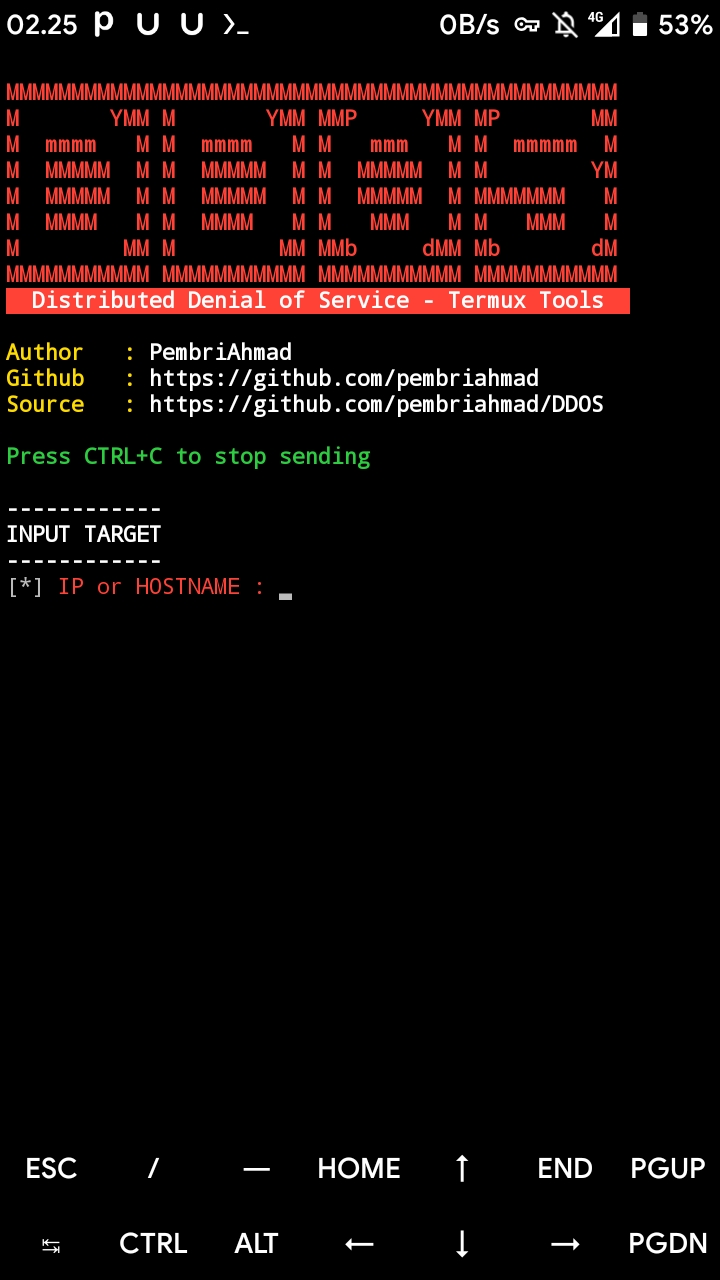
These common DDoS attacks flood a site with a high volume of connections, overwhelming its bandwidth, network equipment, or servers until it is unable to process the traffic and collapses. Volume-based attacks, like UDP (User Datagram Protocol) floods, for example, are typically what first comes to mind when people bring up DDoS attacks. The most common categories are as follows, listed from least to most sophisticated. Types of DDoS attacksĭDoS attacks generally consist of attacks that fall into one or more categories, with some more sophisticated attacks combining attacks on different vectors. This can help expand the number of potentially affected victims. DDoS attacks, on the other hand, target computer systems and/or devices connected to the internet that usually belong to a business or organization. DoS attacks mostly go after single servers and/or networks, typically belonging to a single individual. These two cyberattacks also differ in who and what they target. These zombie networks make protecting targeted devices more difficult when compared with DoS attacks. DDoS attacks use botnets to form “zombie networks” to disable potential victims. First, DoS attacks only use one internet connection to overwhelm a targeted network or website. There’s more differentiating DDoS attacks from DoS attacks besides the absence of an extra consonant. Target larger networks to affect more users.Use a single corrupt device to flood targeted.This is done in an effort to compromise and/or steal user information to put some cash in the hacker’s pockets.īeyond these basics, there are a few different types of DDoS attacks to be aware of for your personal cybersecurity. And cyberthieves use them for a variety of purposes, including sending spam and different forms of malware such as ransomware. These infected devices form what people know as “zombie networks” used to flood targeted websites, servers, and networks with more data than they can accommodate.īotnets can range from thousands to millions of computers controlled by cybercriminals.

The primary way hackers accomplish DDoS attacks is through a network of remotely-controlled, hacked computers called botnets.



 0 kommentar(er)
0 kommentar(er)
